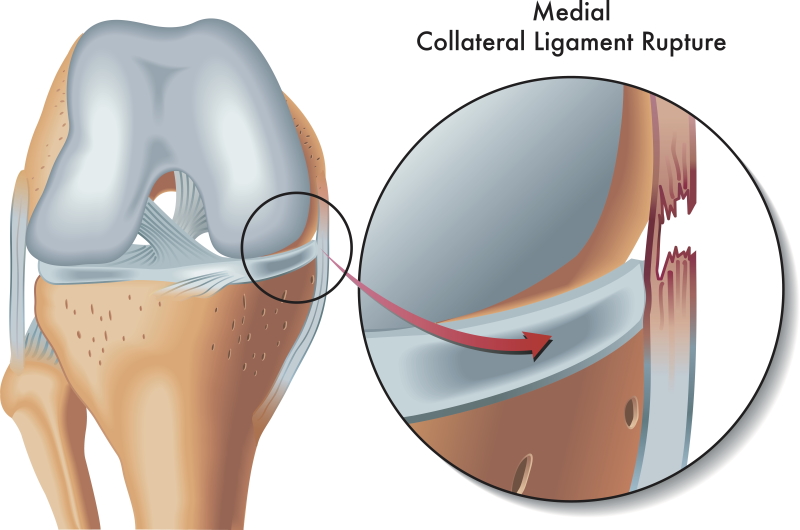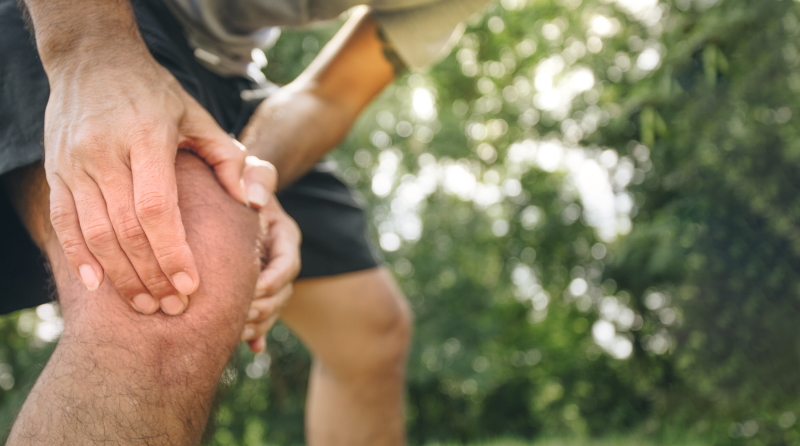How Long Does Mcl Take To Heal

- View Larger Image

Medial collateral ligament or MCL injury of the knee: what to do
An MCL injury occurs when a force strikes the outside of the knee. The MCL tries to resist the force causing stretching and tearing of the muscle fibres. so, what are the typical signs of an MCL injury and how do we treat it?
What is the medial collateral ligament?
The MCL, also known as the medial collateral ligament, is one of four stabilising ligaments of the knee. A ligament is made of tough fibrous material and resists movement. The MCL starts at the end of the femur (thigh) and ends at the top of the tibia (shin). Generally, the primary function of the MCL is to stop the knee from opening up. If the MCL is completely torn, the knee will have an additional degree of laxity.
Most of the time, a tear occurs at the top attachment to the femur. Sometimes, the tear occurs at the bottom attachment to the tibia. Overall, tears at the bottom attachment take longer to heal.
Diagnosis of MCL injury

Generally, a medial collateral ligament strain occurs as an isolated injury or combined with other injuries to the ligaments or cartilage of the knee. The injury occurs during sport caused by bending, turning, or twisting. In addition, a blow to the outside of the knee can stretch and tear the MCL.
Usually, symptoms of medial collateral ligament injury include:
- pain on the inside of the knee
- localised swelling at the site of ligament tearing
- a feeling of instability or buckling
- restricted ability to bend or straighten the knee
Overall, injuries are graded based on the severity of symptoms and how loose the knee is during an examination. Generally, a grade 1 injury is where there is no laxity; a grade 2 injury is a partial tear where there is some laxity; a grade 3 injury is a full tear where there is significant laxity.
In some cases, an MRI scan of the knee is needed to confirm the damage to the medial collateral ligament and rule out damage to other ligaments (like the ACL) or meniscus.
medial collateral ligament vs meniscal injury: how can you tell?
Generally, an MCL injury occurs at the top attachment to the femur. So, pain and swelling are above the joint line. On the other hand, a medial meniscal tear causes pain in the medial joint line below the top attachment of the MCL. Also, a meniscal tear can cause general swelling of the knee, giving way or locking. Therefore, differentiating between the two problems requires a careful examination by a specialised doctor.
Treatment of MCL injury

Overall, treatment depends on the grade and severity of the injury.
Initially, we start with simple treatments such as regular ice, ibuprofen tablets, and a compression sleeve. Bracing is used in grades 2 and 3. In general, we use a hinged knee or limited motion brace in higher-grade injuries. These braces protect the knee from side-to-side movement. In some cases, we want to restrict the movement of the knee from 20 to 100 degrees to allow the ligament to heal without too much stress. Typically, we use braces for 4-8 weeks until stability and strength have returned.
Then, we move on to mobility exercises to regain the movement.
MCL injury exercises
Finally, rehab focuses on strength and balance prior to returning to sport. Compound exercises such as weighted squats, lunges, deadlifts, incline leg press, and calf raises regain knee strength. In the latter stages, we add more demanding tasks in a progressive way such as jogging, running, sprints, and side-to-side movements. In this way, your chances of reinjury are reduced.
Frequently asked questions about MCL injury
MCL injection: Is it useful?
We rarely use ultrasound-guided injections to aid healing for MCL strains. However, some doctors use PRP or dextrose to assist in healing. Overall, there is no evidence that an MCL injection will improve or accelerate recovery.
Pellegrini-Stieda or MCL calcification: what is it?
Pellegrini-Stieda sign is used to describe calcification of the medial collateral ligament during the healing progress. Sometimes, calcium deposits form within the MCL at its top attachment. X-ray or ultrasound can detect calcium deposits. People ofter describe gradual worsening of stiffness and pain during the recovery process.
Generally, treatment consists of ibuprofen tablets and physiotherapy. In some cases, we use an ultrasound-guided cortisone injection to break up the calcium.
Is surgery an option in MCL injury?
Generally no. But in grade 3 injuries involving other ligaments (such as ACL), the surgeon might repair the MCL as well.
How long does an MCL injury take to heal?
Generally, the time to return to sport depends on the grade of injury. Overall, a grade 1 takes 2-3 weeks; a grade 2 takes 6-8 weeks and a grade 3 takes up to 12 weeks. However, you may be a little more or less than these suggested timelines depending on other injuries or the type of sport. For example, football players often take longer as side-to-side movements and kicking places pressure on the MCL.
Also, an injury to the lower part of the ligament toward the attachment to the shin (tibia) often takes twice as long as the more common injury closer to the thigh bone.
What about an LCL injury? Do we treat LCL injury the same?

Generally, an LCL injury occurs when the knee bends outwards excessively from trauma or a fall. Like MCL, an LCL injury can be graded depending on severity.
While there are similarities to MCL rehab, LCL injuries have a few differences. Firstly, bracing needs are a little different. Secondly, a grade 3 tear usually needs surgical repair or reconstruction. Finally, LCL injuries are more likely to be associated with other ligament or cartilage injuries.
Related conditions:
- Meniscal tears
- Meniscus injection: do you need one
Dr. Masci is a specialist sport doctor in London.
He specialises in muscle, tendon and joint injuries.

Related Posts
How Long Does Mcl Take To Heal
Source: https://sportdoctorlondon.com/mcl-injury/
Posted by: rhodesentenight.blogspot.com

0 Response to "How Long Does Mcl Take To Heal"
Post a Comment